Creative Elements of Landing Pages
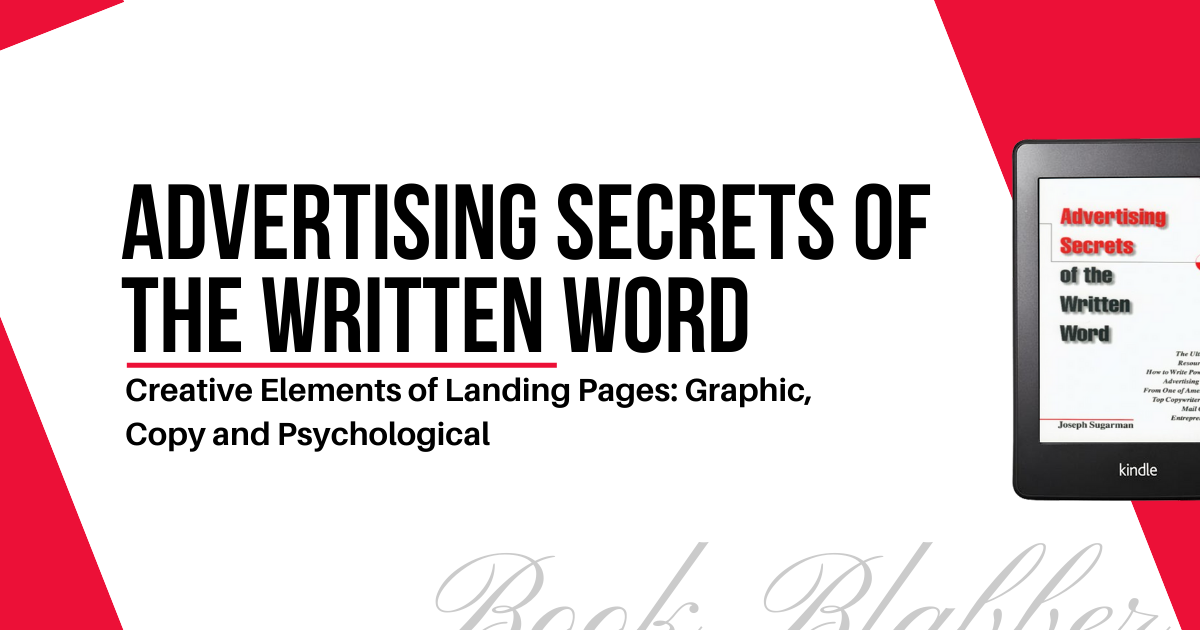
Advertising Secrets of the Written Word is an old-school book on copywriting. But that doesn’t mean it’s not relevant to the current times. It’s a book for print ad copywriters. And it’s suitable also for landing page and other long-form copywriters of the digital world.
The book contains everything about landing page elements and ads: the graphical elements of an advertisement, the actual copy and the psychological triggers.
Check Advertising Secrets of the Written Word on Goodreads
This article is a checklist of all those ad copy elements in a landing page/print ad.
Table of Contents
The Graphic Elements

The most prominent element of advertising copy is its graphical part:
1) Headline: To get the prospect’s attention and draw them to the subheading.
2) Subheading: To provide more info and explain the attention-getting headline.
You'll like this: Creative Process to Churn up 100+ Headline Ideas
3) Photo or Drawing: To get the prospect’s attention and illustrate the product.
4) Caption: To describe the photo used on the page.
5) Copy: To convey the main selling message of the product.
6) Paragraph Headings: To break the copy into chunks and make it look less imposing.
7) Logo: To display the company’s name selling the product.
8) Price: To let the prospect know what the product costs.
9) Call to Action: To give the prospect a way to respond to the ad.
10) Page Layout: To make it easy for the prospect to get the message and act on the ad.
The Copy Elements

The actual copy is an essential element, of course:
1) Typeface: To give the ad copy its personality, emotion and legibility and make it inviting.
2) First Sentence: To give the prospect a compelling reason to read the next sentence.
3) Second Sentence: To maintain interest and continue the momentum of the first sentence.
4) Paragraph Headings: To make the copy look more inviting for the prospect.
5) Product Description: To explain a complicated product in a simple way and vice versa.
6) Features: To highlight the uniqueness and novelty that differentiates the product.
Also check: 35 Advertising Quotes from Piyush Pandey’s Pandeymonium
7) Technical Details: To show expertise and build trust among the prospect.
8) Anticipated Objections: To impress confidence that you know the prospect’s pain points.
9) Resolved Objections: To provide alternative solutions and dispel the concerns completely.
10) Gender: To show you recognise your ideal prospect and communicate with them.
11) Clarity: To avoid confusion and get prospect to enter the slippery slide and stay there.
12) Rhythm: To make the copy read like an entrancing song.
13) Support: To alleviate concerns regarding help and service.
14) Facts: To let the prospect know what the product or service looks/feels like.
Also read: 15 best Ogilvy advertising quotes
15) Trial Period: To build faith in the product and make the prospect comfortable to pay.
16) Price Comparison: To establish value in the prospect’s mind.
17) Testimonials: To add credibility.
18) Price: To tell the prospect the money they have to pay.
19) Offer Summary: To act as a reminder of the actual offer and strengthen your point.
20) Call to Action: To give the prospect a way to act and pay.
The Psychological Elements

The subtle element of an advertisement is the psychology used:
1) Feeling of Ownership: To engage the prospect in the buying process.
2) Honesty: To make the prospect believe in your offer.
3) Integrity: To ensure each element in your copy reflects the correct message.
4) Credibility: To remove any objection that stops the prospect from paying.
Check: 12 (plus 1) Lessons Learnt from Purple Cow
5) Value: To position the product as a valuable investment for the prospect.
6) Justify the Purchase: To give reasons to the prospect to want and need your product.
7) Greed: To motivate the prospect to go for the purchase.
8) Establish Authority: To make the prospect buy from you regardless of how popular you are.
9) Satisfaction Conviction: To convey the message that the product is indeed beneficial.
10) Nature of Product: To create a powerful and emotionally dramatic presentation.
11) Current Fads: To connect the prospect with the fads and leverage their popularity.
12) Timing: To understand when to promote and when not to.
13) Desire to Belong: To make the prospect belong to the group that owns that product.
14) Desire to Collect: To fulfil the emotional need to collect something special.
15) Curiosity: To make the product attractive to the prospect.
16) Sense of Urgency: To avoid the thinking delay and make the prospect buy at the moment.
17) Instant Gratification: To capitalise on the advantage of buying online.
18) Exclusivity: To let the prospect feel they’re special if they buy the product.
19) Simplicity: To build vibrant images that have an impact on the prospect.
20) Human Relationships: To have the prospect resonate with your product emotionally.
21) Guilt: To create the obligation for the prospect to take some action in return.
22) Specificity: To bring believability to your offer.
23) Familiarity: To befriend the prospect and create some attraction.
24) Hope: To create a possibility of a future benefit for the prospect to order.
And that was all from the book.
Liked it?
Join Book Blabbers WhatsApp group to bond over books, memes and quotes
Subscribe to Book Blabber’s Bulletin to get book summaries, reading tips and occasional hugs in your inbox.

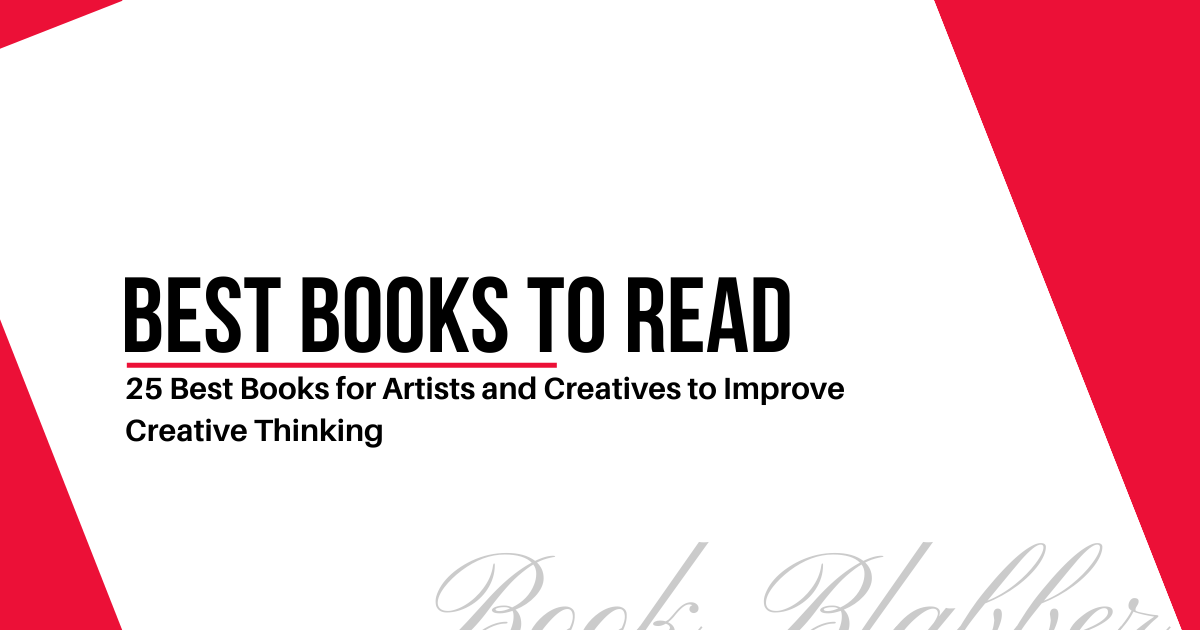
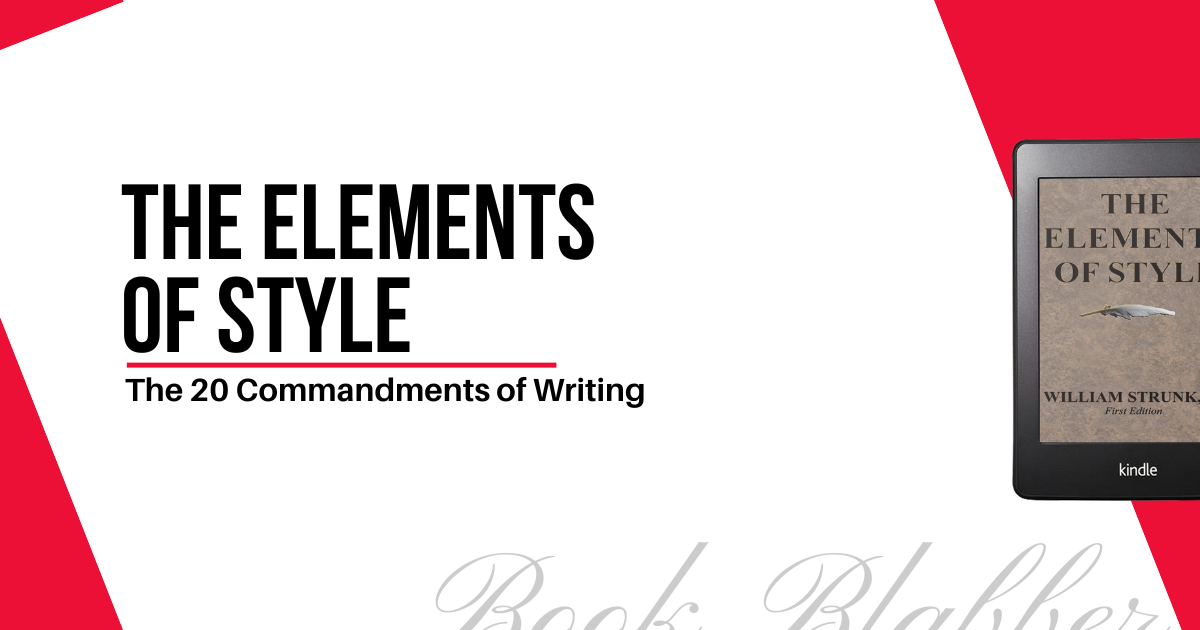
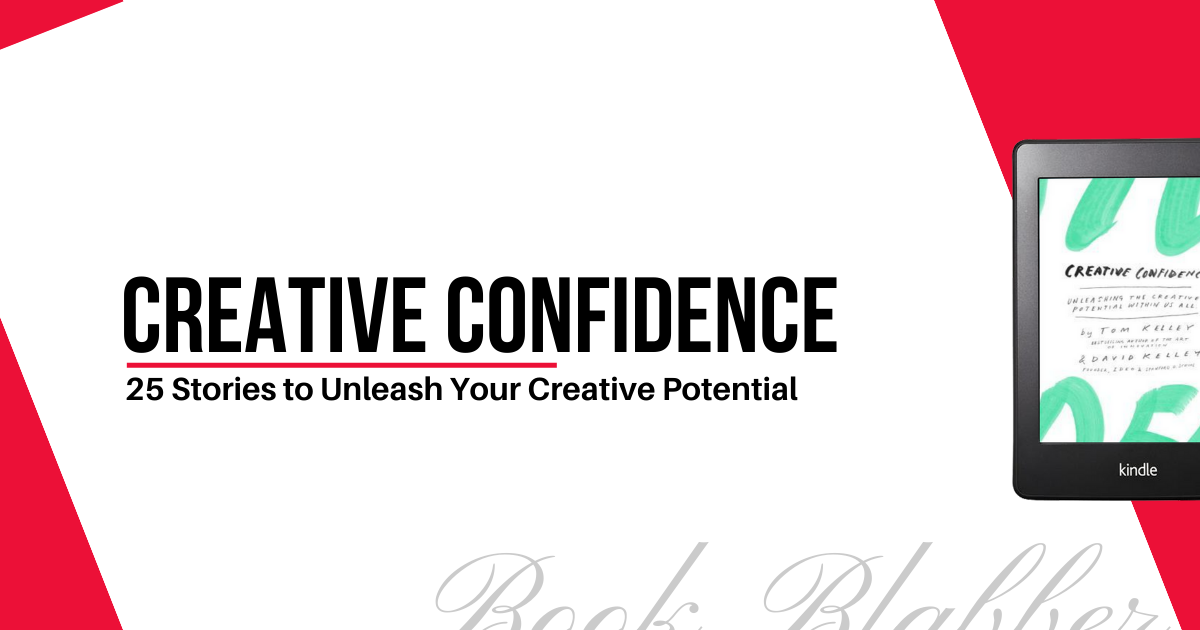
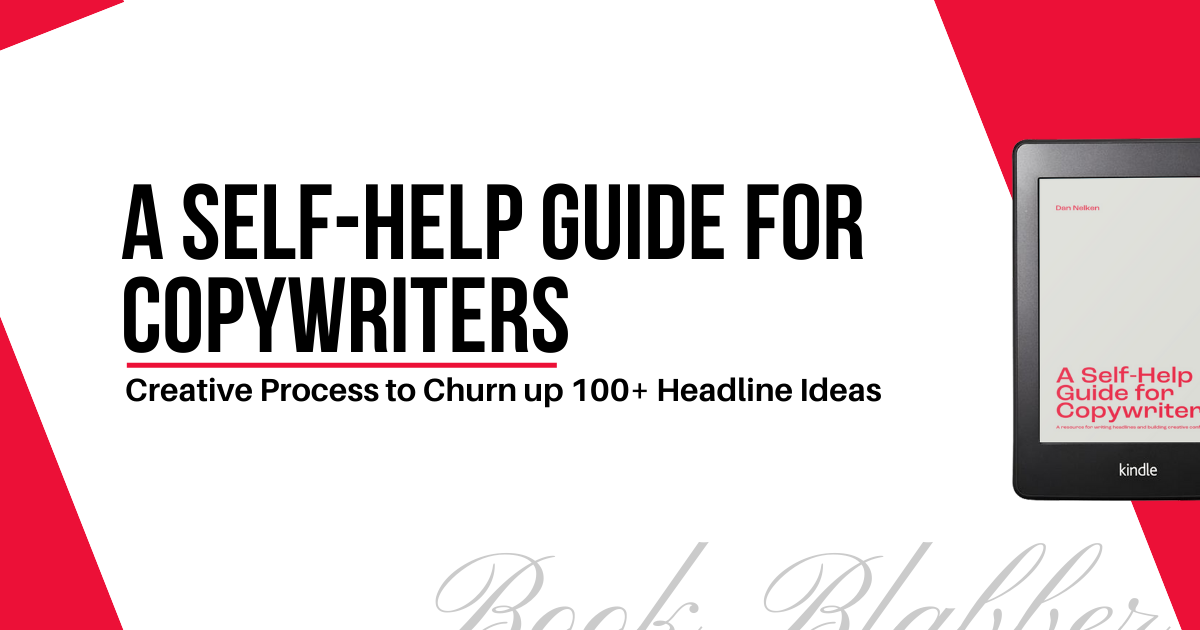
Comments